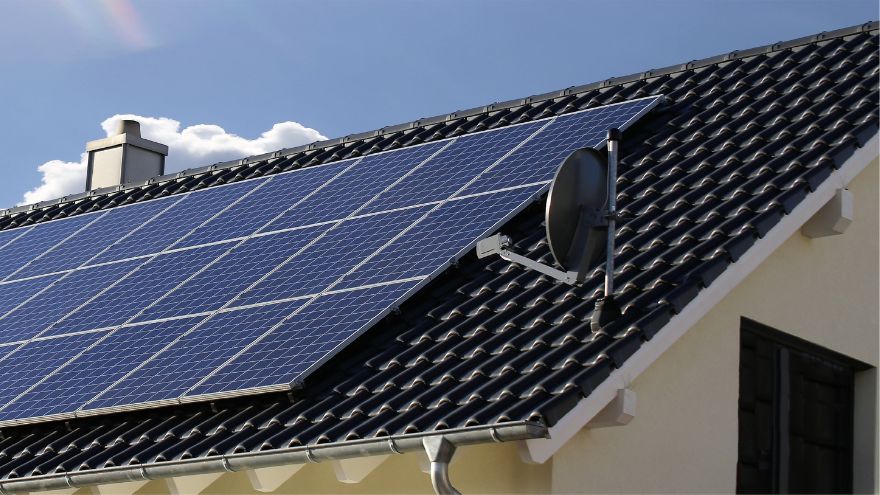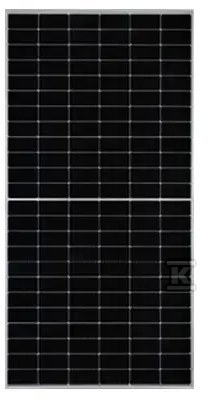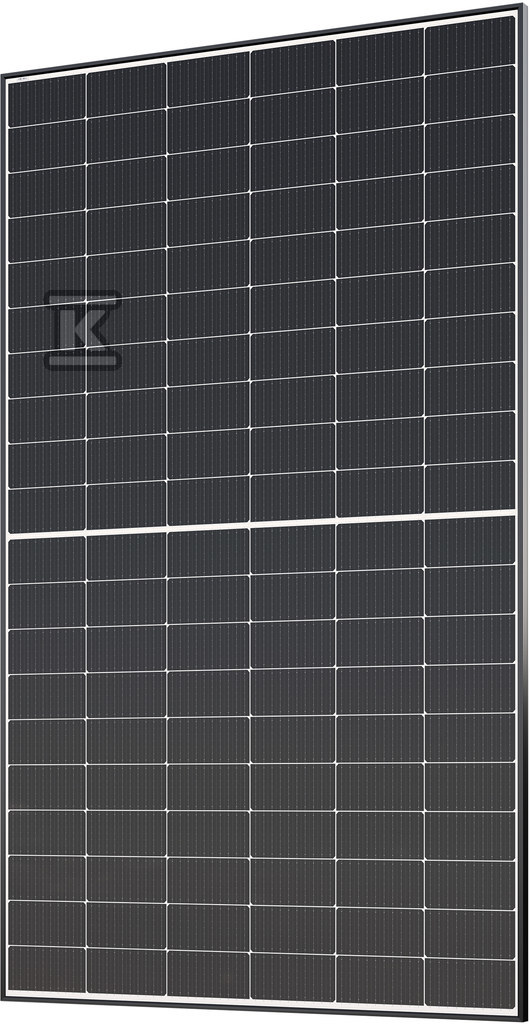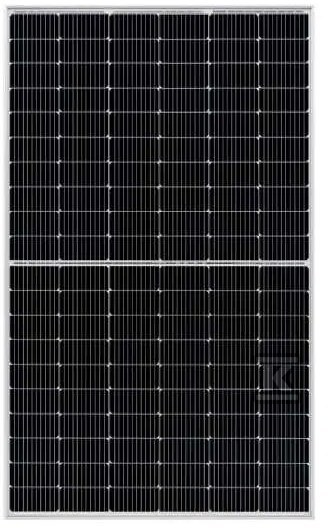Photovoltaic panels for single-family homes are increasingly popular systems for producing electricity. By investing in photovoltaics, we can contribute to protecting the natural environment and at the same time reduce our electricity bills. These are not the only advantages of installing a photovoltaic system in single-family homes. Let's check what technological solutions optimize the operation of the installation and what panels for energy production are currently worth investing in.

Check out photovoltaics at the Onninen wholesaler
Development of photovoltaic cell technology and single-family homes
 Photovoltaic cell technologies have been developing for many years. The first known photovoltaic installation in Poland was installed in 1991! Over the years , photovoltaics and energy storage have developed so well that after installing the installation, a single-family home can become completely independent from public energy suppliers.
Photovoltaic cell technologies have been developing for many years. The first known photovoltaic installation in Poland was installed in 1991! Over the years , photovoltaics and energy storage have developed so well that after installing the installation, a single-family home can become completely independent from public energy suppliers.
When investing in a photovoltaic installation for a single-family home, we should know which type of photovoltaic panels is the most efficient. The most popular solar panels that power home photovoltaic installations are:
- Monocrystalline panels – this type of photovoltaic panel is distinguished by the highest efficiency among the solutions available on the market. The modules are made of silicon crystal, and the lifespan of monocrystalline panels is up to 30 years.
- Polycrystalline panels – the crystalline structure of fused silicon fragments gives polycrystalline panels a bluish color, while their durability is on average 20-25 years.
- Amorphous Silicon Panels – Amorphous Silicon panels have the lowest efficiency and short lifespan compared to other technologies. They are currently mostly no longer available for sale.
Modern photovoltaic sets and solutions producing energy from renewable sources are constantly being developed, for example, a novelty on the market are heterostructure cells, which allow for achieving high efficiency in converting solar energy into electricity. This type of panel generates more energy while occupying a smaller area, which is particularly important on the limited size of single-family house roofs.
Modern photovoltaic panels integrated with the house architecture
Another new technology on the market is the technology that allows for the integration of home infrastructure with PV modules. An innovative photovoltaic installation can imitate the appearance of roof tiles, while at the same time using the full resources of renewable energy sources. Thanks to this, we produce electricity, i.e. energy on the roof while maintaining a high level of building aesthetics.
This is a beneficial solution, especially in places where panels installed on the roof could disturb the appearance of a single-family home or cause negative visual effects on the surrounding environment.
What are bifacial panels? Characteristics and application
The efficiency of photovoltaic panels is largely dependent on the production technology in which the individual modules were made. In addition, the place where we mount the installation is of great importance.
 If we want to have a system with a high level of efficiency, we should be interested in modern bifacial panels. This type of panels for generating electricity is made of tempered glass on each side. The distinguishing feature of this technology is the two-sided absorption of light, thanks to which the efficiency of the modules at the peak point reaches up to a dozen or so percent more than for classic PV modules.
If we want to have a system with a high level of efficiency, we should be interested in modern bifacial panels. This type of panels for generating electricity is made of tempered glass on each side. The distinguishing feature of this technology is the two-sided absorption of light, thanks to which the efficiency of the modules at the peak point reaches up to a dozen or so percent more than for classic PV modules.
At the moment, bifacial modules are the standard on the renewable energy market and will probably stay with us for a long time in the future. Investing in such solutions brings tangible benefits, especially those related to savings on electricity bills.
It is worth noting that such photovoltaic panels should be mounted on a suitable substrate that will not excessively absorb sunlight. Otherwise, the efficiency of the modules could be significantly reduced.
A great example of photovoltaic modules for a single-family home renewable energy source network are the JA Solar 605W JAM66D45-605/LB_SF bifacial photovoltaic panels . In this case, the output power guarantee is 30 years, while the internal resistance and power losses are up to 25% lower than in classic PV modules.
Check out the photovoltaic panels at the Onninen wholesaler
Application and installation of perovskites in a photovoltaic installation for the home
The semiconductor in most photovoltaic panels is silicon, while in modern PV modules it is perovskites. Such photovoltaic modules are lighter, thinner and more flexible. Additionally, they can be semi-transparent, which affects the aesthetics of the panels, which are mounted, for example, on the roof of a single-family house.
The installation of perovskite photovoltaic panels is exceptionally efficient due to the installation of a light-harvesting layer in the form of organic-inorganic lead or zinc.
 Perovskite panels are constantly being developed in laboratory conditions. The completely new semiconductor is:
Perovskite panels are constantly being developed in laboratory conditions. The completely new semiconductor is:
- resistant to mechanical damage,
- efficient and capable of working in modules with power greater than 300 W,
- versatile in practical use,
- ecological and does not negatively affect the natural environment.
The assembly of perovskite panels is identical to that of mono- and polycrystalline modules. The basis is: assessment and preparation of the assembly site, system design, estimation of the optimal inverter power, assembly of the supporting structure, positioning of the panels and preparation of the electrical connection and cables.
In the installation called photovoltaics, the inverter, or waveform converter, is necessary to convert direct current to alternating current. It is important that the device has the appropriate efficiency. Then the PV system is able to generate the appropriate amount of current to cover the maximum demand of a single-family home.
Alternative options for panels of this type are monocrystalline modules, e.g. the ENCOR 480W monocrystalline photovoltaic panel - EC480N-10-102B with an output power of 480 W and an efficiency of 21.3%, as well as the Ledvance M460P60LM-BF-F3-1.2M LEDV photovoltaic panel , which is constructed from PERC cells with a black frame and a PID effect limiter, i.e. the potential induced degradation phenomenon.
Will solid state batteries replace traditional lithium batteries?
Solid electrolyte batteries are a real breakthrough in the matter of storing electrical energy generated by a photovoltaic installation. Such batteries are more ecological, more efficient, making storing energy cheaper and generating fewer losses. As a curiosity, it is worth mentioning that such cells are increasingly used in electric cars.
Photovoltaics for a single-family home is a good choice, but only when the PV modules and all equipment are adapted to the energy needs of the building and household members. The average cost of a photovoltaic installation can range from PLN 20,000 to PLN 30,000 , depending on the power, size of the installation and the selected PV module technology.
When we decide to install photovoltaics on the roof of a single-family home, remember that the installation should be done by specialists with permissions. This is a guarantee that nothing will happen during the operation of the system that could damage the solar panels.
Check out the energy storage facilities at the Onninen wholesaler